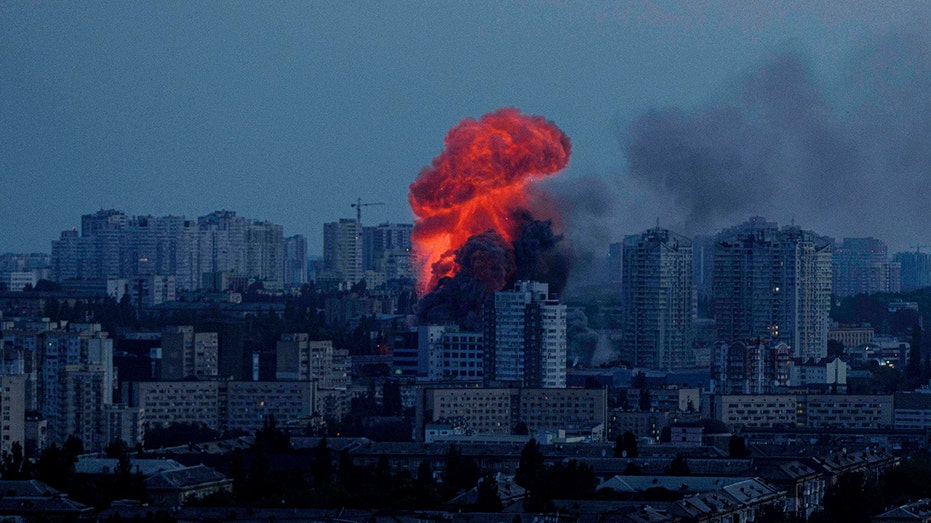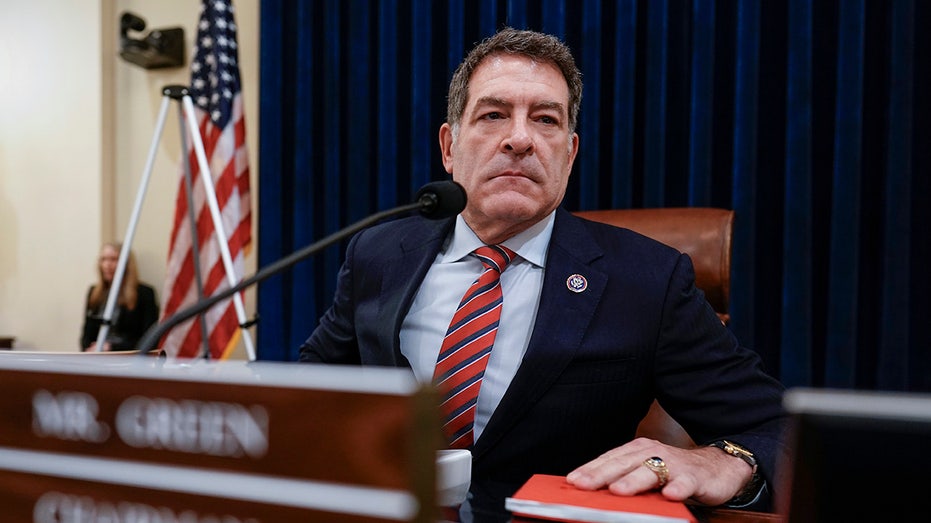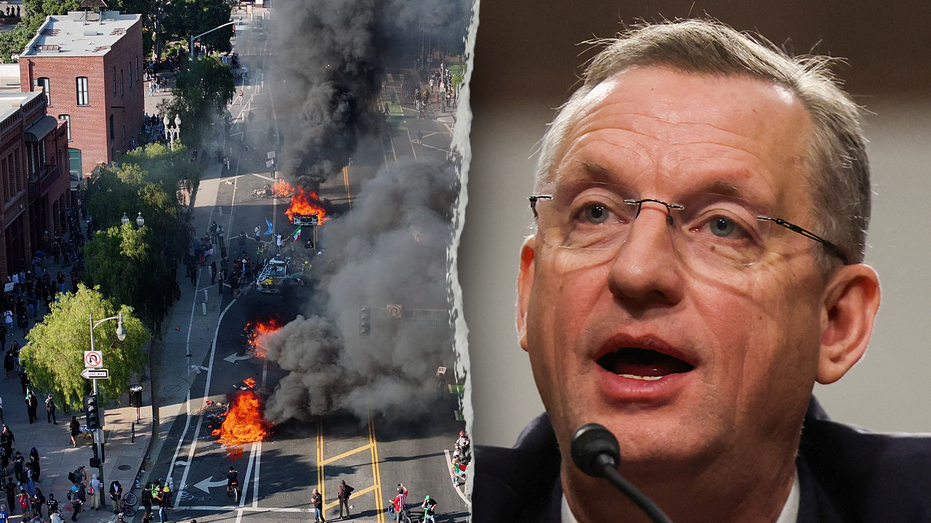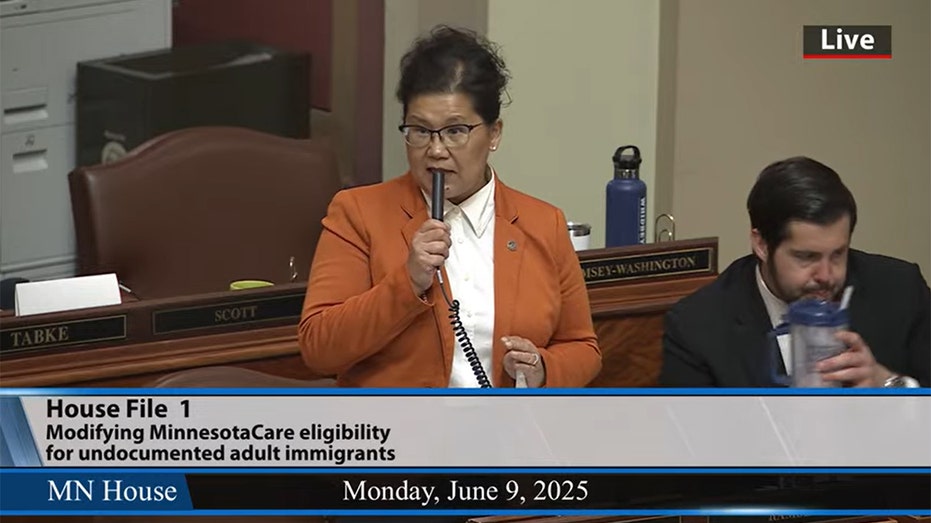Russia Launches Largest Drone Barrage of Ukraine War, Kyiv Reports
Russia unleashes nearly 500 drones in its largest barrage on Ukraine this war, as Kremlin signals willingness for prisoner swaps.

Ukraine experienced the largest aerial assault since the war began overnight, with Russian forces launching nearly 500 drones and 20 missiles across the country. Officials in Kyiv described the attack as an unprecedented escalation, noting that the barrage primarily targeted central and western regions far from the front lines.
According to Ukraine's air force, air defense systems managed to intercept and destroy 277 of the 479 drones and 19 out of 20 missiles before they reached their targets. Despite the dense bombardment, authorities reported that just ten projectiles—either drones or missiles—managed to strike intended sites. The Ukrainian government stated that only one civilian was injured in the overnight attacks, crediting prompt action by defense crews for limiting casualties and damage.
Military analysts note that these assaults typically commence late in the evening and extend into the early morning hours, as the cover of darkness makes incoming drones significantly more difficult to detect and neutralize. Russia has continued to employ Iranian-made Shahed drones, among other types, frequently deploying them against both military and civilian infrastructure.
The ongoing use of drones has fueled widespread devastation in populated areas. Since the conflict’s outset, aerial strikes have claimed the lives of more than 12,000 Ukrainian civilians, according to the United Nations. While Russia maintains that it only targets military positions, Ukrainian officials and international observers continue to report numerous attacks on residential neighborhoods, power grids, and hospitals.
Amid the intensifying violence, the Kremlin stated on Monday it remains willing to honor previously negotiated agreements with Ukraine concerning prisoner exchanges and the repatriation of fallen soldiers. Despite what Russian representatives described as Kyiv’s failure to uphold its commitments, Russian officials reiterated a readiness to proceed with a new prisoner of war swap involving at least 1,200 individuals—prioritizing the youngest and most seriously wounded—as well as the return of thousands of deceased combatants to their homelands.
These limited humanitarian arrangements stand as some of the only points of cooperation between the two sides, whose broader diplomatic efforts remain stalled as the war enters its fourth year. The prospect for a comprehensive peace settlement remains distant, but officials involved in the negotiations view agreements on POW swaps and body repatriation as essential to maintaining minimal channels of communication amid the ongoing hostilities.




